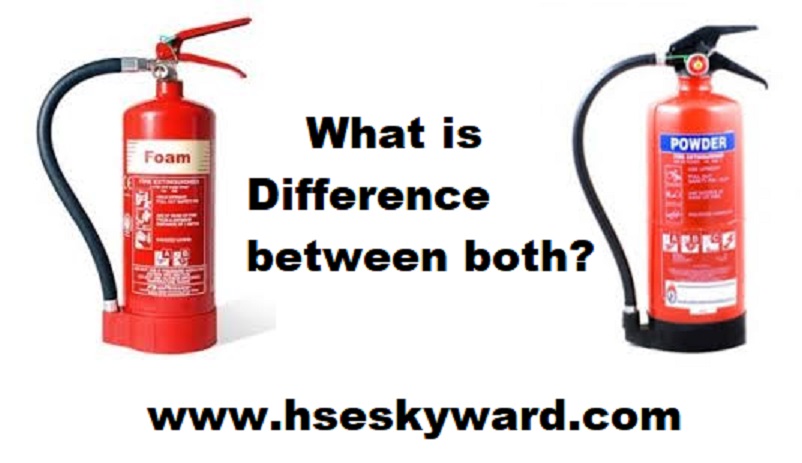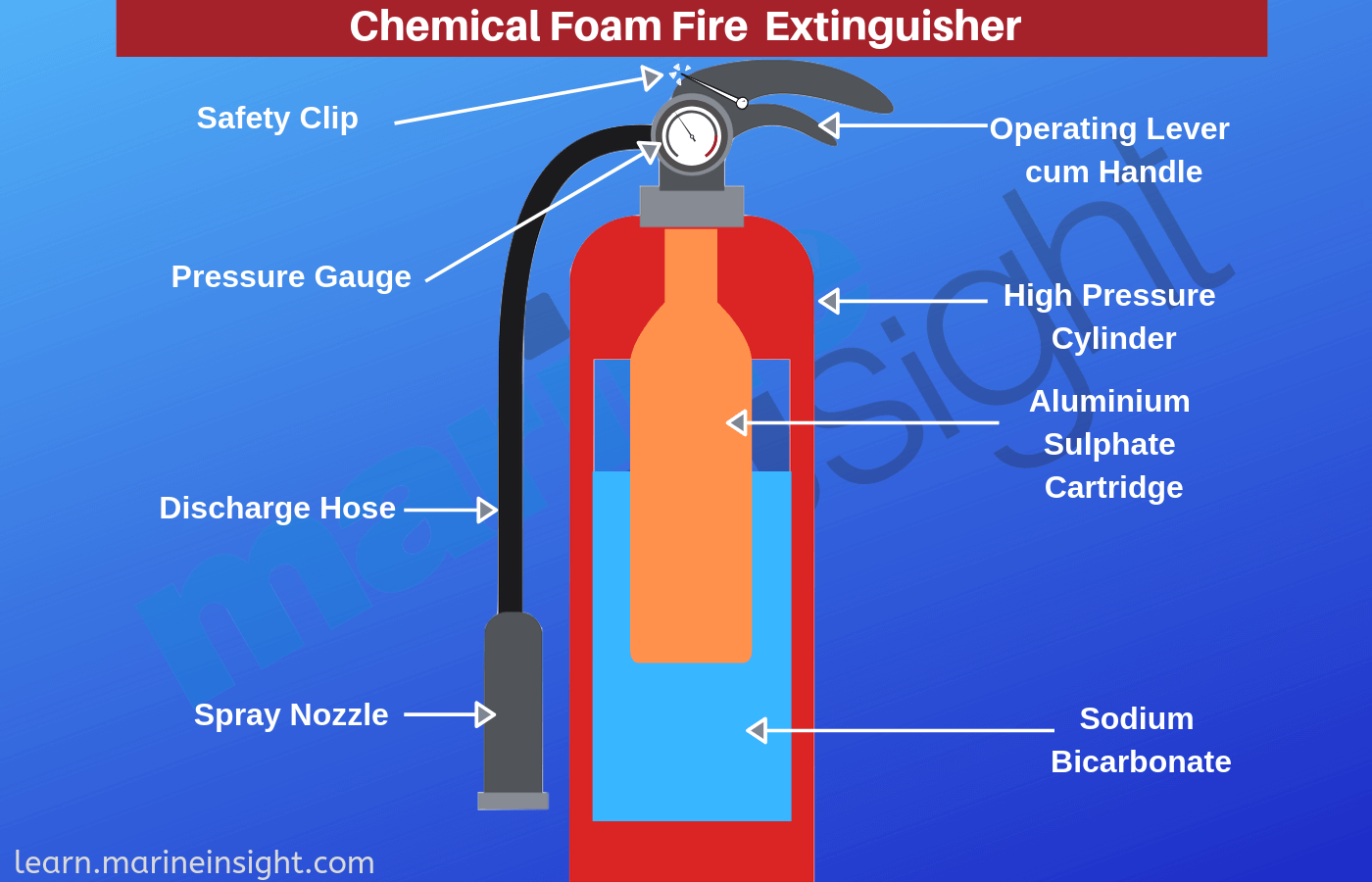Fire extinguisher type of fire extinguisher 1 water 2 co2 3 dry powder 4 foam extinguisher 1 water extinguisher advantage cheap best extinguishing agent for solids disadvantage rarely allowed by the fire brigade as the primary extinguishing agent for professional use foam and powder are allowed not frost resistant limited use only class a not suitable for use near electrical.
Disadvantages of foam fire extinguisher.
Foam suitable for class a and b fires class a combustible solids paper wood class b flammable liquids petrol diesel spirits paint pros higher a rating than water so more effective on combustible solids.
Non toxic non damaging to most materials largely safe if accidentally used on electrical fires although this is not recommended designed to prevent the re ignition fires lighter in weight than the equivalent water extinguisher.
Foam discharge is easier to.
Therefore should not be used on class e fires.
Another popular type of fire etingushers is the foam type.
A foam fire extinguisher is mostly water.
How to use a foam fire extinguisher.
Advantages disadvantages of foam fire extinguishers.
1 according to the type of fire can be divided into abc dry powder fire extinguisher and bc dry powder fire extinguisher a is a solid fire extinguisher b is a liquid fire extinguisher c is a gas fire extinguisher abc dry powder fire extinguisher can use the above three types of fire bc can only be used for liquid fire and gas fires.
For example a 6lt foam has the extinguishing capability of a 9lt water.
Typically a 3litre foam will weigh 70 less than a 9litre water but both have a 13a rating.
Which emitted foam base in order to fight innormous daner of uncontroable fire conditions.
You can see this type of extinguisher all over buildings such as office schools and other public places.
ü smaller extinguisher the foam extinguishers are a lot smaller than their standard water equivalents but carry the same class a fire rating.
In respect of foam fire extinguishers.
Disadvantages can only be used once cannot erase electric fire cannot remove class a c and d fire if the mixing of the chemical is incorrect the foam cannot effectively remove the fire not suitable for use with dry powder fire extinguisher as the powder breaks the foam.
The aqueous solution is corrosive and requires to be cleaned after used particularly on painted surfaces.










